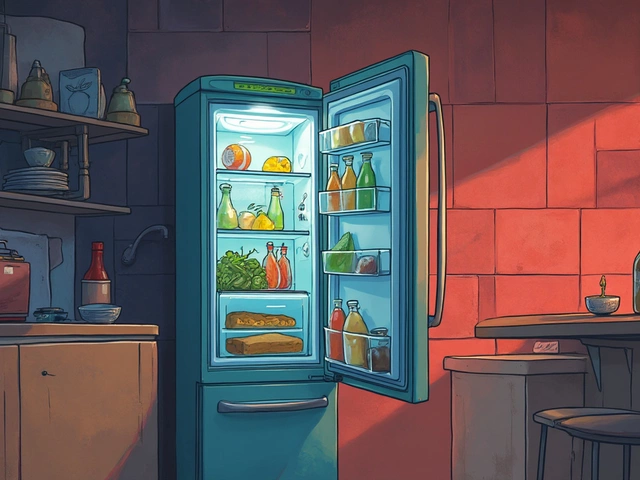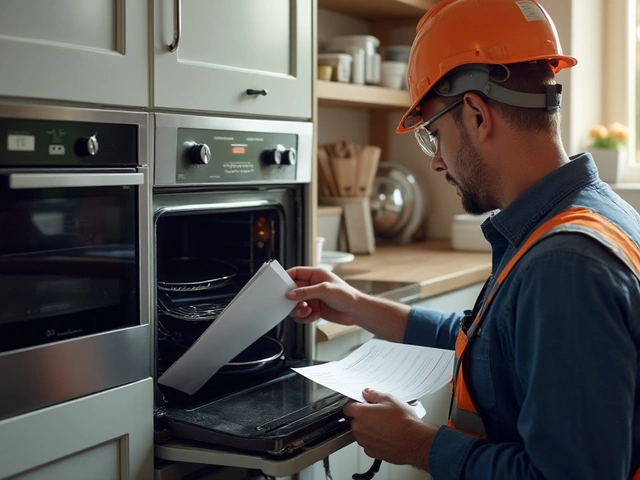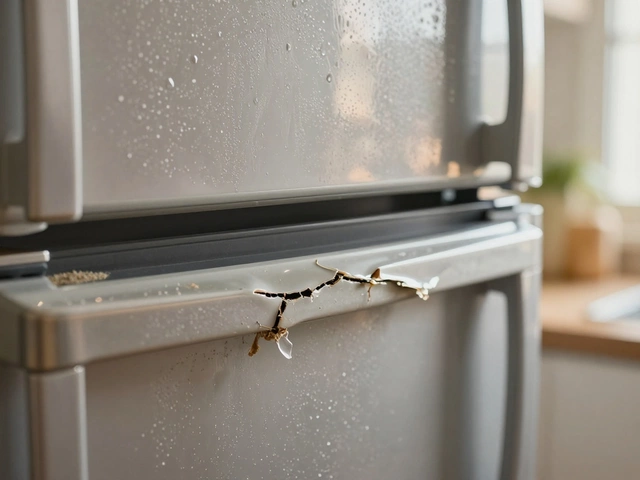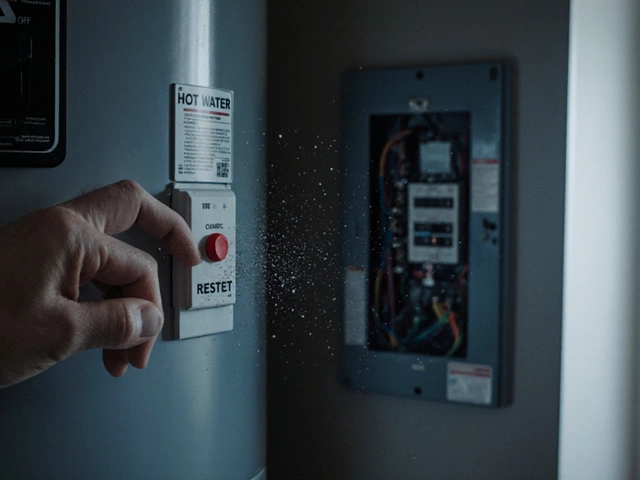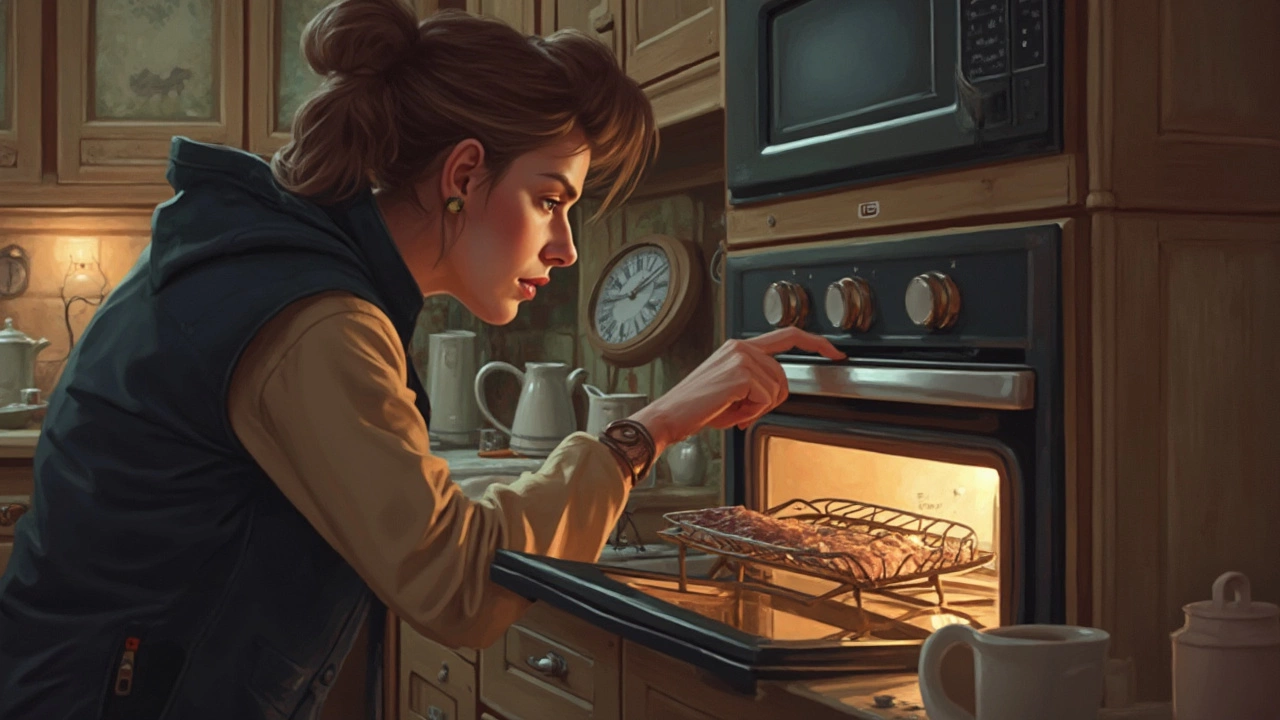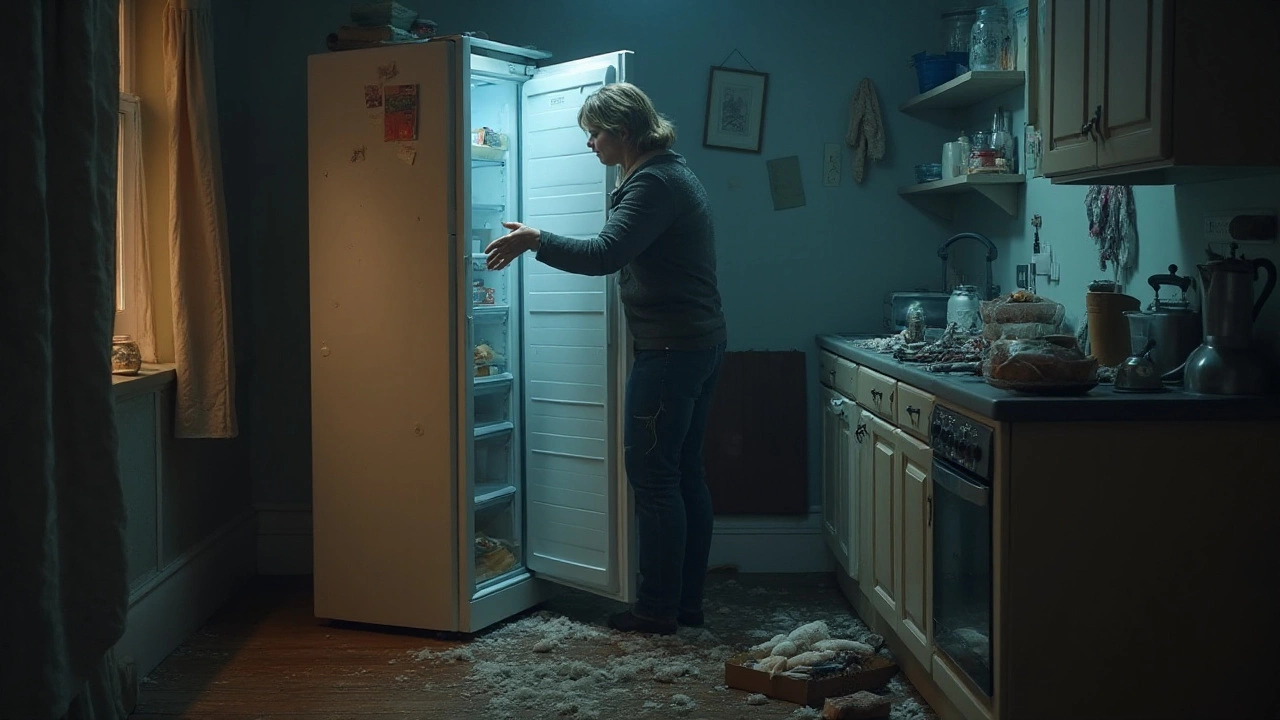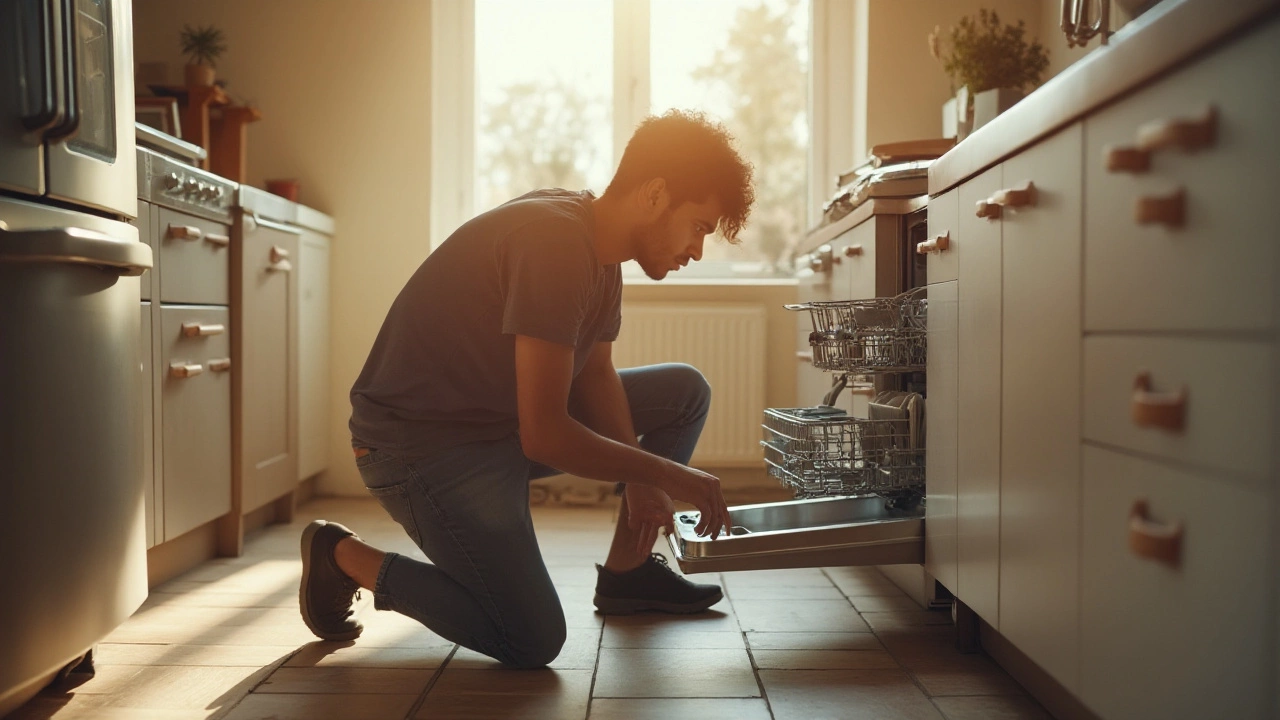Appliance Troubleshooting: Your Quick‑Start Guide
Got a kitchen or bathroom gadget that’s acting up? You don’t need to panic or call a pro straight away. Most issues have a simple cause you can spot in minutes. This guide walks you through the basics you need to know before you pick up the phone.
Common Issues Across Home Appliances
Whether it’s an oven that won’t heat, a fridge that’s noisy, or an extractor fan that sputters, the first thing to check is power. Make sure the plug is fully in the socket and the breaker isn’t tripped. A loose plug or a switched‑off circuit is the easiest fix.
Next, look for obvious blockages. For fridges and freezers, a dirty condenser coil can make the motor work overtime and cause warming. For fans and hoods, grease buildup on the blades stops airflow and creates a humming noise. A quick wipe‑down with a damp cloth often restores performance.
Heat‑related appliances—ovens, hobs, water heaters—share another culprit: faulty thermostats or temperature sensors. If the temperature never reaches the set point, the sensor may be stuck. Many models let you reset by turning the unit off for a few minutes, waiting, then powering it back up.
Quick Steps to Diagnose Anything
1. Listen and Observe. A buzzing sound usually points to an electrical issue, while a clicking noise often means a relay or motor is trying to start. Note any smells—burnt plastic means you should shut it down immediately.
2. Check Filters and Screens. Dishwashers, washing machines, and dryers have lint or water filters that can clog. Remove, clean, and reinstall. A clean filter restores flow and prevents leaks.
3. Reset the Unit. Many appliances have a built‑in reset button or can be rebooted by unplugging for 5 minutes. This clears error codes and can fix minor glitches.
4. Inspect Seals and Gaskets. Oven doors, fridge doors, and washing machine doors rely on tight seals. Cracks or worn‑out gaskets cause heat loss or water leaks. Replace them yourself with a simple snap‑in part.
5. Run a Self‑Diagnostic. Modern machines often display error codes on a screen. Look up the code in the user manual—most manuals are available online. The code tells you exactly which part needs attention.
If after these steps the problem persists, it’s time to call a professional. Trying to fix a gas boiler, a complex electrical oven, or a sealed water heater without the right tools can be dangerous. A qualified technician will safely test pressures, voltages, and internal components.
Keeping a small toolkit (screwdrivers, pliers, multimeter) and a notebook of appliance model numbers can speed up any future troubleshooting. Jot down what you tried, what you saw, and any error codes—this makes the pro’s job easier and can save you money.
Remember, most appliances last longer with regular maintenance. Clean coils, replace filters, and run a quick visual check each season. A little preventive care goes a long way toward fewer breakdowns and lower repair bills.
Now you’re armed with the basics to tackle most household hiccups. Next time something stops working, run through this checklist before you call out. You’ll either fix it yourself or have a clear story to give the repair tech, which means a faster, cheaper solution for everyone.
